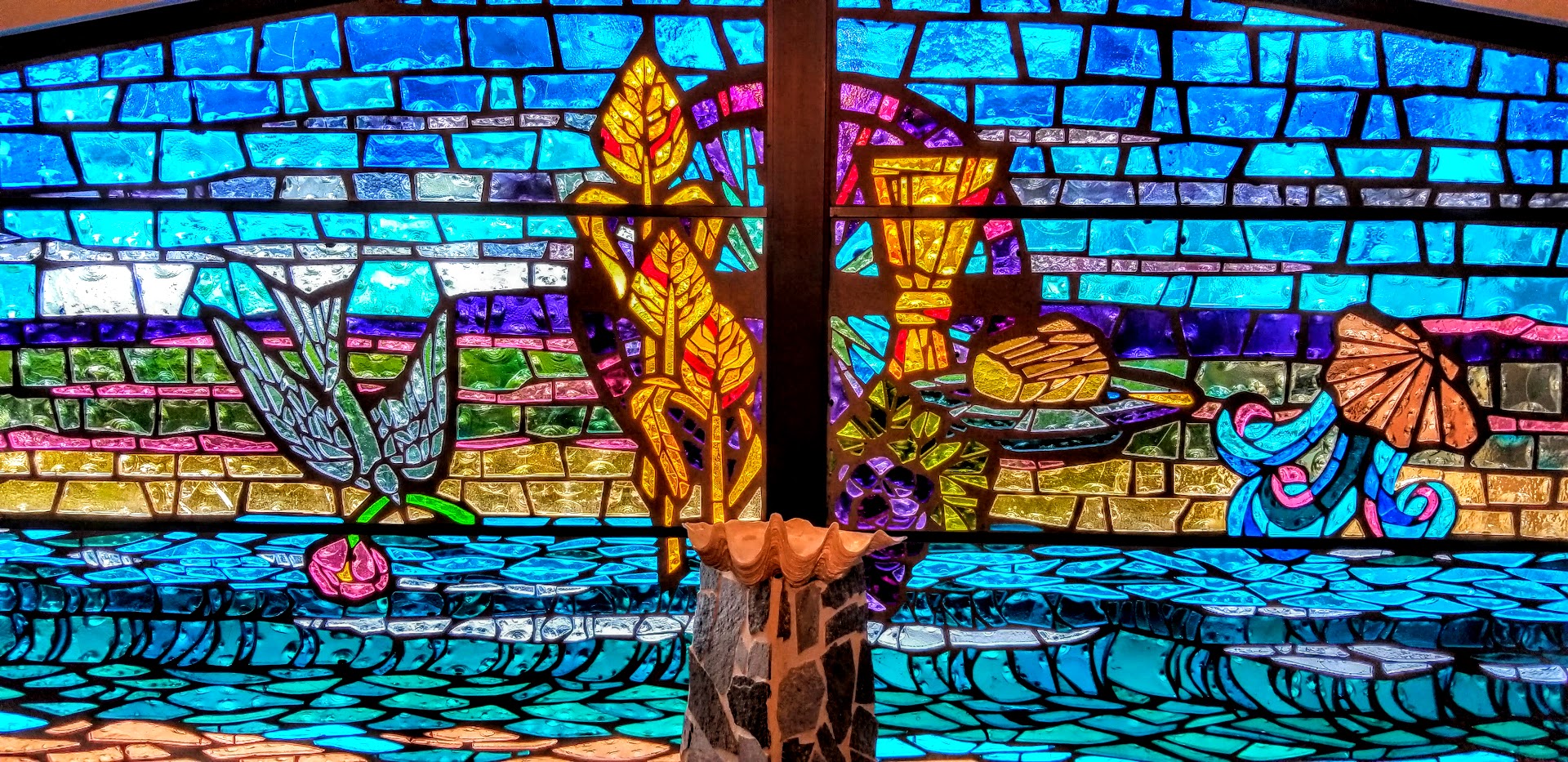Today we celebrate the Festival of the Transfiguration of Our Lord. The transfiguration of Jesus is an event reported in the New Testament when Jesus, while speaking with Moses and Elijah on a high mountain, is transfigured and becomes radiant in glory and is revealed as God’s beloved Son, echoing the words of his baptism. Jesus’ transformation in appearance was witnessed by Peter, James, and John. The vision of glory sustains us as Jesus faces his impending death in Jerusalem. We turn this week to Ash Wednesday and our own yearly baptismal journey from Lent to Easter. We put away alleluia at the conclusion of today’s liturgy. This word of joy will be omitted during the penitential season of Lenten and will be sung again at Easter.
The English word “Transfiguration” comes from the Latin word “transfigurare”. The first part of the Latin word, “trans” means “change;” and the Latin word “figura” means “figure” or “appearance.” These words combine to describe what happened to Jesus at this event: Our Lord’s appearance was truly changed. The three Gospel narratives tell us that the Lord Jesus’ “face shone like the sun,” (Matthew 17:2), and “the appearance of His countenance was altered” (Luke 9:29). Each narrative tells us that Our Lord’s clothing changed: “His garments became white as light” (Matthew 17:2); “glistening, intensely white, as no fuller on earth could bleach them” (Mark 9:3); “and His raiment became dazzling white” (Luke 9:29).
